Aussie teens suffering mental and health issues due to violent porn exposure
Teens are being overexposed to extreme and violent porn and it is having significant and concerning health impacts as one in three parents aren’t having conversations with their kids about sex.
Exclusive: Doctors are reporting a climb in the number of young men experiencing sexual difficulty and young women who are engaging in risky sexual practices as a result of their exposure to porn, particularly violent porn.
Today, News Corp Australia can exclusively reveal research of more than 3500 Aussie parents that has found one in three avoid having a conversation with their children about porn until it is too late.
The Urological Society of Australia and New Zealand said they are seeing more teenagers and young men who are suffering performance anxiety and erectile dysfunction, in part due to an overexposure to porn and miseducation around sex.
“We’ve seen this becoming increasingly more common and many urologists and GPs are finding it difficult to cope because the data is very immature at this time and it is a taboo subject,” Eric Chung chair of the andrology group at USANZ said.
“The biggest trouble is that with pornography it is a fantasy set up with a lot of unrealistic expectations.”
RELATED: Cyber-bullying is costing taxpayers this much
RELATED: Major parental leave changes give new parents back more control
RELATED: Aussie 12yo offered Amazon gift vouchers by stranger in exchange for nudes
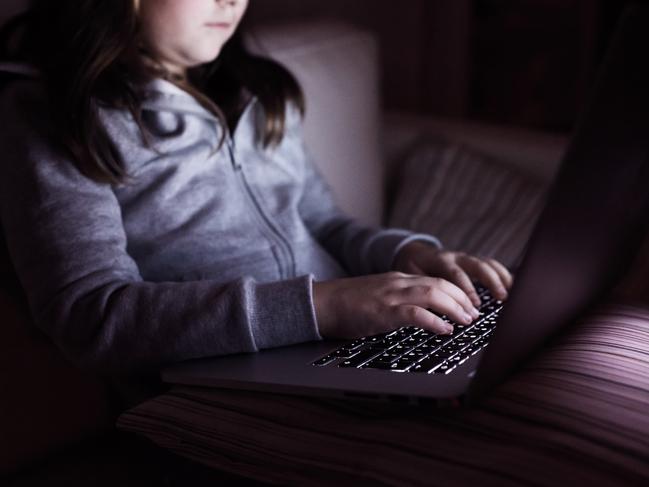
Teenage girls are also presenting to doctors with vaginal injuries and engaging more in anal sex as a result of their exposure to unrealistic sexual encounters online.
Concerningly some young women are of the impression if they engage in anal sex they are “preserving their virginity”.
“There is far more anal sex than there used to be and young women who I see in practice have this perverse belief that consensual anal sex is somehow preserving their virginity,” Dr Ginni Mansberg told News Corp Australia.
“The scope of this problem and the impact of pornography is greater than we know.”
Data by cybersafety group Family Zone shows up to 30 per cent of pre-teens in households with their software — of which there are more than 350,000 daily Australian users — are attempting to access online porn, including 22 per cent of 0-8-year-olds.
This increases to 29 per cent of 9-12-year-olds and around 45 per cent of 13-17-year-olds.
The top porn sites children access include pornhub.com and xvideos.com.
The Australian Institute of Family Studies last year found just under half (44 per cent) of children aged 9-16 had encountered sexual images in the last month.
Of these, 16 per cent had seen images of someone having sex and 17 per cent of someone’s genitalia.
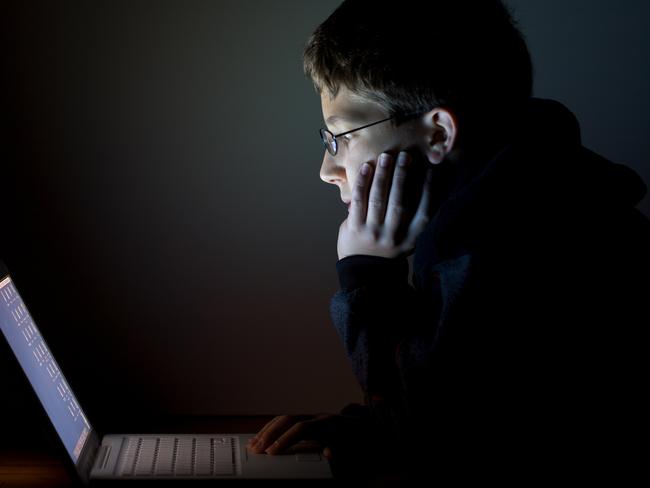
The Office of the eSafety Commissioner today released data that has found one in three Australian parents are avoiding having a conversation with their children about porn until after they have been exposed to it with one in four feeling embarrassed by the conversation.
Close to one in five parents (17 per cent) don’t want to engage with their kids at all about the issue, thinking schools should have full responsibility.
One in four parents report being aware that their child has been exposed to online pornography.
Of these, eight per cent said their child was sent pornographic material by a stranger, 39 per cent said their child came across it accidentally, 23 per cent said their child was shown or sent the material by someone they know and 15 per cent reported their child deliberately sought it out online.
ESafety Commissioner Julie Inman Grant said there was growing concern about kids’ exposure to extreme and violent porn.
“(This) is one of the top concerns of Australian parents when it comes to the online safety of their children,” she said.
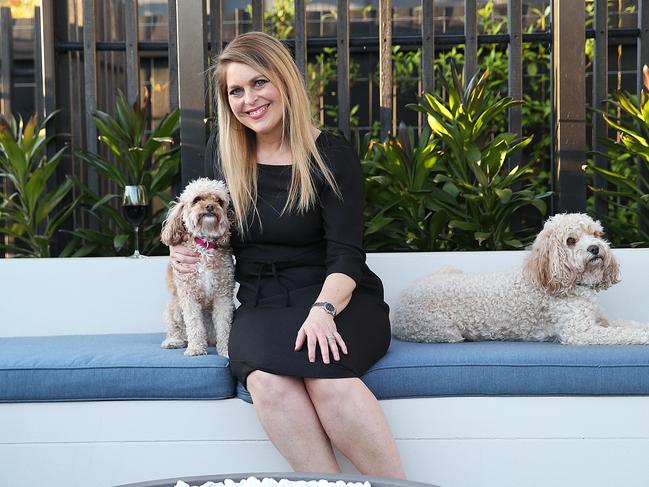
In some cases it was important to start the conversation with kids under the age of eight, Ms Inman Grant said.
“Unfortunately it’s not a matter of ‘if’ but ‘when’. Parents are right to be concerned about this issue.”
Cyber expert Kristy Goodwin said the level of exposure and material being viewed by children and teens was far removed “from a nude centrefold at the back of your dad’s shed”.
She said perhaps engaging mentors to start these discussions about normalised sexual experiences would help stem the damage by violent and extreme porn exposure.
“If your sports coach was starting this discussion it might be a lot less cringe-worthy than your mum and maybe kids would then listen,” she said.
For more information and resources on how to talk to your kids about porn visit the online pornography section on esafety.gov.au.
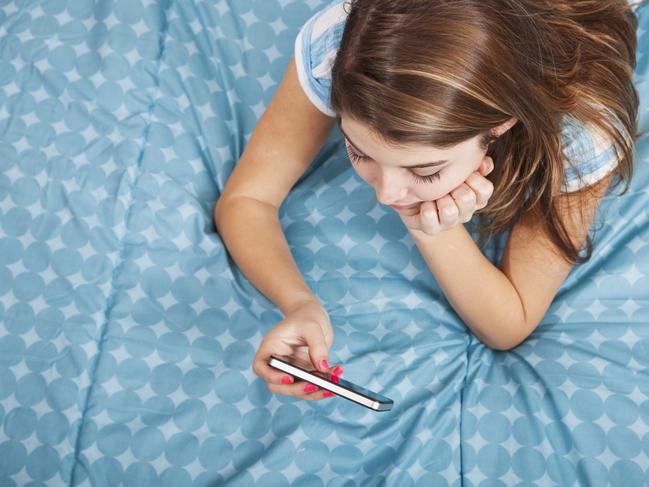
FULL RESEARCH
General findings
— 69 per cent of parents believe it is important to educate their children about pornography because they will be exposed to it eventually;
— 1 in 3 parents report they would not raise the subject until their child asks about it or is exposed to pornography;
— 1 in 4 parents report feeling embarrassed to talk to their child about online pornography;
— 77 per cent of parents believe they or their partner, as a parent, have full responsibility for educating their children about online pornography;
— 17 per cent of parents think schools have full responsibility.
Age to raise the issue
— 25 per cent of parents report they would raise the issue of online pornography with their child once they were a teenager (ages 13-17);
— 39 per cent of parents report they would raise the issue with their child between the ages of 10-12;
— 22 per cent of parents report they would raise the issue with their child at whatever age their child will be when the issue comes up;
— 9 per cent of parents report they would raise the issue with their child between the ages of 7-9.
Awareness of exposure
— 1 in 4 parents reported being aware that their child has been exposed to online pornography. Of these parents:
— 39 per cent report their child came across it accidentally;
— 23 per cent report their child was shown or sent the material by someone they know;
— 15 per cent report their child deliberately sought it out online;
— 8 per cent report their child was sent material by a stranger.
Actions taken
— 61 per cent of parents spoke frankly to their child about the material;
— 29 per cent of parents increased monitoring of their child’s online activities;
— 19 per cent of parents talked to the person who sent or showed their child the material;
— 10 per cent of parents removed the child’s internet access and devices.
Source: Office of the eSafety Commissioner research of 3520 Australian parents
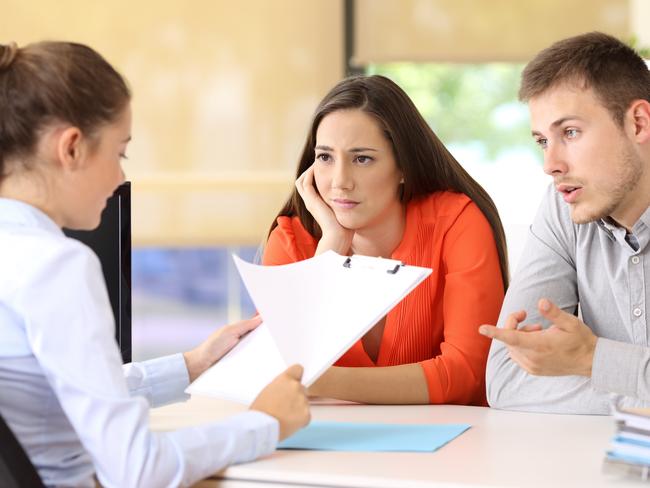
SIX STRATEGIES IF YOUR CHILD FINDS PORN ONLINE
1. Stay calm
Clear and helpful conversations about sex, intimacy, and relationships require trust. If you are upset or angry, your child may feel like they can’t come to you about other concerns in the future.
2. Just listen
Ask them to fill you in on the details so you can help manage the situation. Find out how they found it, where it happened, who (if anyone) showed it to them and how they felt when they saw it. This is a chance to understand what happened and how you can help your child avoid a repeat experience.
3. Reassure your child they are not in trouble
Punishing children for accidentally doing things — even bad things — might strain relationships, and damage trust between you and your child. Try not to remove the child’s device or online access, as they will see it as punishment.
4. Talk about how they felt
It is important to talk with your child about how the content made them feel. This makes the conversation less confronting and allows them to talk more openly about their experience.
5. Have ‘the talk’
Depending on your family values and the maturity level of your child, you may wish to talk about what sex is. Discussions about love and intimacy are important, as are discussions about boundaries, appropriate age and timing for intimacy, and other personal values.
6. Problem-solve together
Ask whether they think it is a good idea to look for those kinds of things on the internet again. (Hint … it’s not). It is crucial to have regular conversations with your child about what they are viewing online to help them have positive and safe online experiences.
Source: Office of the eSafety Commissioner


